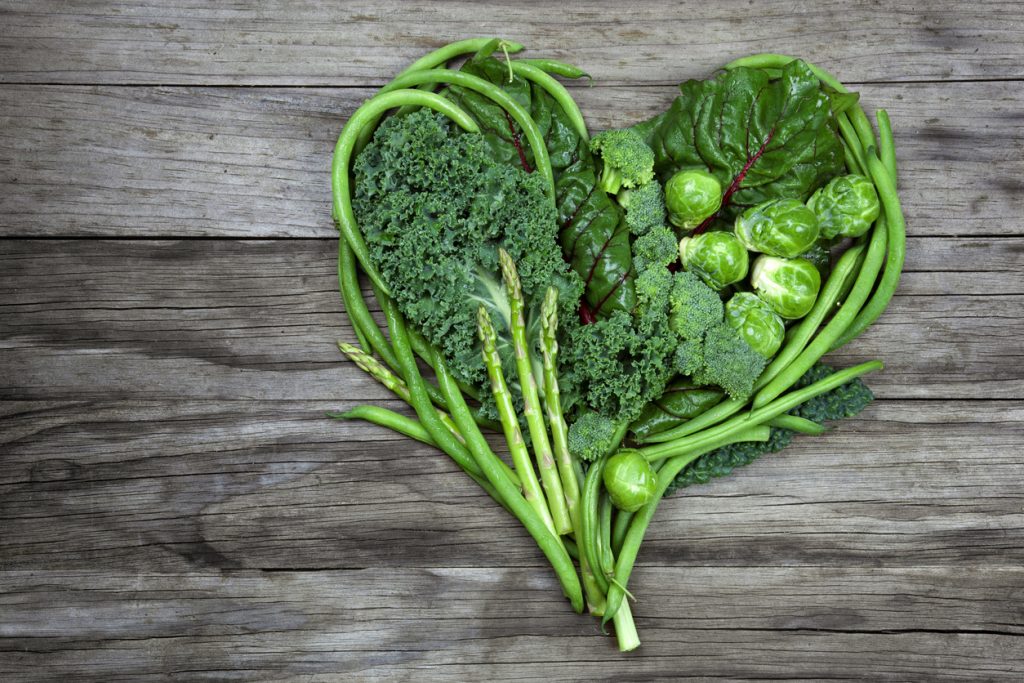“They’re good for you.”
<Sound of silence.>
“You won’t get any dessert.”
<Look of daggers.>
“JUST EAT THEM!”
It’s a familiar mealtime scenario. Children and parents in a stand-off over vegetables. Eventually, though, point-blank refusal turns to grudging acceptance and kids turn to two common tactics for dealing with the unloved five-a-day.
One is leaving all the veg until the end, clinging to the hope of a last-minute reprieve as parental will weakens. The other is the ‘holding your nose and forcing it all down quickly’ tactic, deployed so they can then enjoy the rest of the meal.
In productivity terms, the tactic here is ‘batching’ – grouping together a whole bunch of similar tasks for the sake of processing efficiency. It takes less effort than constantly switching between different types of task and continually adjusting. If you don’t like sprouts, it’s easier to grit your teeth and gulp them down all at once rather one-by-one over the course of the meal like a recurring culinary nightmare.
Batching in part of the DNA of the GTD methodology. For example, finding one main chunk of time each day to group together the processing of new inputs and finding one time a week to group together various review activities to reset for the week ahead. Both the efficiency and effectiveness of these practices – as opposed to constantly clarifying and reviewing – will be known to you if you practice GTD.
Useful batching opportunities can also arise in action lists too. Making phone calls used to be my pile of sprouts. I knew I had to do them. I knew they were good for me. It’s just that, for some reason, the introvert in me would prefer to email or talk face-to-face, so there was always resistance. It became a problem, though, as my job got bigger and changed from just talking in a classroom to having to call people a lot to organise talking and manage other people’s talking in different classrooms.
GTD helped with this, and still does, because a calls list makes it possible to digest phone calls more quickly and easily, just like unwanted vegetables. In fact, it was one of the first really helpful things about GTD that clicked with me and made me want to go back for more.
Getting the first call done was the hardest part. Deep breath, pick up phone… but after one call I’d broken down some of the resistance to the whole process of making calls and could rattle off more with the momentum and confidence generated. The feeling of achievement (and relief) at knocking off a whole bunch of calls was palpable.
Some awareness of language helps with batching. Once you become aware of the types of actions that are cropping up again and again in your GTD lists then you can become more deliberate with your wording and exploit the grouping that will happen in digital tools to create batches within lists.
For example, spot the difference here between list A…
- Email Hugh about the hotel booking
- Send email to Pugh about fire checks
- Write email to Barney McGrew to confirm widget pricing
And list B…
- Email Hugh about the hotel booking
- Email Pugh about fire checks
- Email Barney McGrew to confirm widget pricing
It’s small adjustment to word choice but it can be useful, and the more you do it, the more your common patterns become obvious and the more automatic it gets.
To be clear, this isn’t an invitation to groom lists just so they look well-ordered. It also doesn’t imply that things should always be done in batches. Neither is necessarily helpful. It’s simply a pointer toward the potential benefits of consistency of language as you add next actions to lists since it reveals batching opportunities which can sometimes be helpful.
I still haven’t eradicated the slightly elevated resistance I feel to phone calls over other modes of communication – and probably never will – but it sometimes helps to be able to wolf them down quickly.



Great Article, particularly the subtle recommendation to start each next action with the action verb. I don’t see why I would click the ‘Read More’ link, however. I don’t see any more to read?
Hi Dan.
Thanks for your feedback. Glad you found it useful. Re the link, it’s a feature that helps people navigate to the full article from shorter posts, but I can see that it’s slightly confusing on this occasion. Sorry about that.
Miles